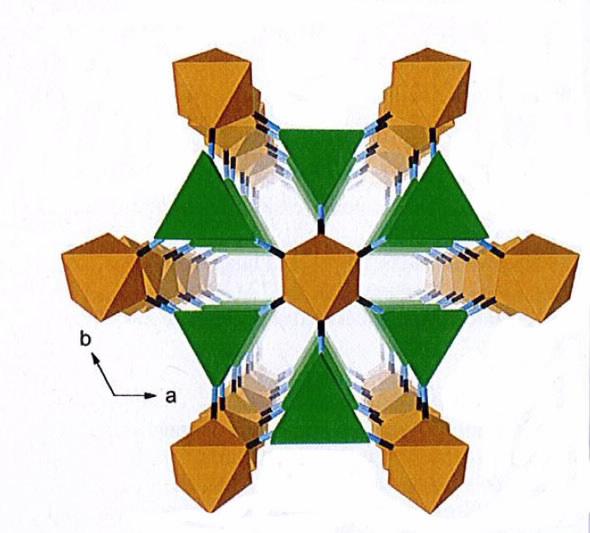

Published on the 8th January 2016 by ANSTO Staff
You are about to enter the strange world of coordination geometries, where energy and atomic bonding interplay to give materials unusual properties, such as negative thermal expansion (you heat something and it gets smaller) and the ability to capture and store gas molecules in nano-sized pore spaces.
Principal research and neutron-scattering instrument scientist Vanessa Peterson has collaborated on a paper just published in Nature Chemistry that reports the discovery of a new torsion spring-like mechanism in a series of coordination frameworks that has implications for the strategic design of future materials with exceptional mechanical properties.
The series of materials has the largest linear compressibilities of any crystalline compound, and the volume compressibilities are exceeded only by caesium, rubidium, and xenon. These compressibilities are both exceptionally large and sustained over a broad pressure range spanning at least 1 GPa.
The work is the product of a long-standing collaboration with Cameron Kepert at the Molecular Materials Group at the University of Sydney, with the first author Samuel Duyker co-supervised by Kepert and Peterson during his PhD before taking up a postdoctoral position with Peterson, when this work was performed.
“Understanding these multifunctional materials with the aim of controlling their range of useful properties is of great interest to the energy industry, but the research brings fundamental knowledge of the atomic and molecular mechanisms, which has broader application” said Peterson.
In contrast to the shortening of bonds that occurs in conventional materials, compression in the new series of materials is achieved through structural deformation. The unusual new mechanism was found in a series ‘coordination frameworks’—named for the coordinative bonds linking organic molecules and metal atoms. The torsional mechanism is unlike anything seen in any other material, being fundamentally distinct from other compressible frameworks.
The team first became interested in the lanthanoid frameworks because of their unusual coordination geometries.
http://dx.doi.org/10.1038/nchem.2431